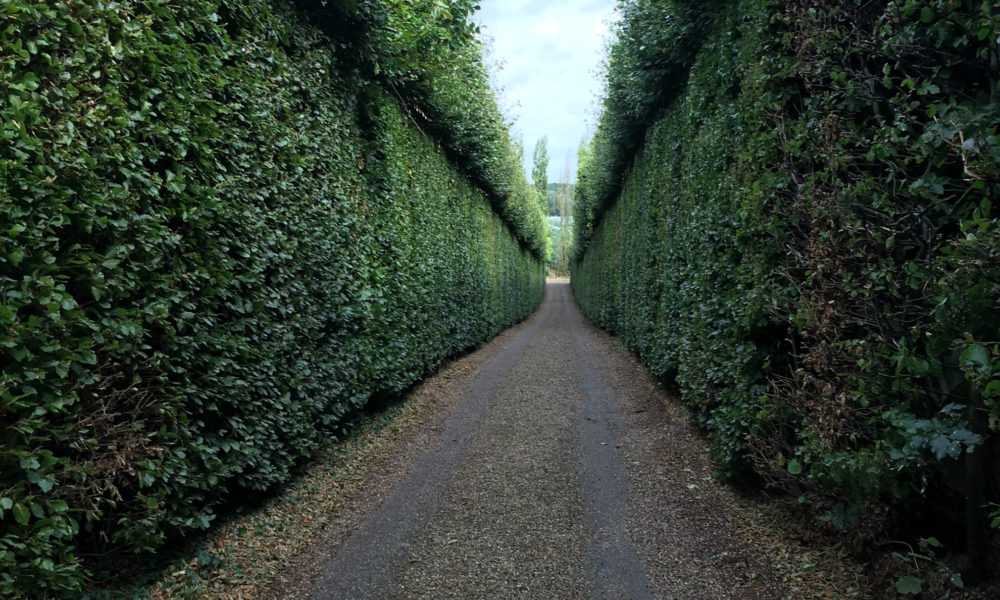
As a recently qualified Archivist, I have taken on the role of Project Archivist for this exciting project. In my first blog post, I offer just a short reflection on my new role and what it means to be newly involved at this exciting stage.
Beginning a new job always brings that age old mixture of excitement, apprehension and wariness of the unknown. It was no different for me as the new Project Archivist on my first day at the Wellcome Library, foraying into the as yet unrevealed world and materials of the Tavistock Institute of Human Relations (TIHR). Hailing from an historical background (not unusual as archivists go), and having most recently completed a cataloguing project based at the former home of composer Benjamin Britten on the secluded Suffolk coast- now run as the Britten-Pears Foundation– London and the extensive organisation of the Wellcome Trust seemed worlds away from my current life.
“But how different can the new project be?” I asked myself time and again. The answer: very. Yes, as a Project Archivist, certain elements and aspects are constant. There are always the materials associated with the project itself; the unique and valuable physical touchstones to the past. Similarly, there is always the catalogue- the vehicle through which the input of the archivist is apparent to the researcher and user. But that is very much where the similarities end.
Excitingly and intriguingly, each new project inevitably brings with it a whole new set of challenges, not just the new faces and working environment, but new characters (historical and present), new materials, new subject matters, and new methodologies. Perhaps most intriguing for me is the integration in the project of the series system method of cataloguing, a fresh departure from my experience and knowledge of the traditional and largely hierarchical system. It is already clear to see the value of this methodology in relation to the complex structure of the materials of the Tavistock Institute of Human Relations, and will certainly be a learning curve for me in getting to grips with all that it entails.
A second challenge is that, other than a brief placement at the Royal College of Surgeons, the subject matter of science and social science is one largely unknown to me, with much of my experience based in the arts. However, I am beginning to see an overlap between to the two areas, with much of the TIHR archive material also addressing historical social and cultural issues, and human aspects and behaviours. I am excited to spend the next ten months not only opening up the archive to audiences and the outside world, but also broadening my own knowledge and familiarising myself with new language and concepts.
Joining an archive project already in full swing is always daunting; the responsibility now being mine to continue the work and uphold consistency and accuracy in the catalogue. However, it is also an invaluable opportunity to express my own interpretations of the materials and to really immerse myself in the thinking and methodologies of the figures of the Tavistock Institute. I truly look forward to finding out what is in store.